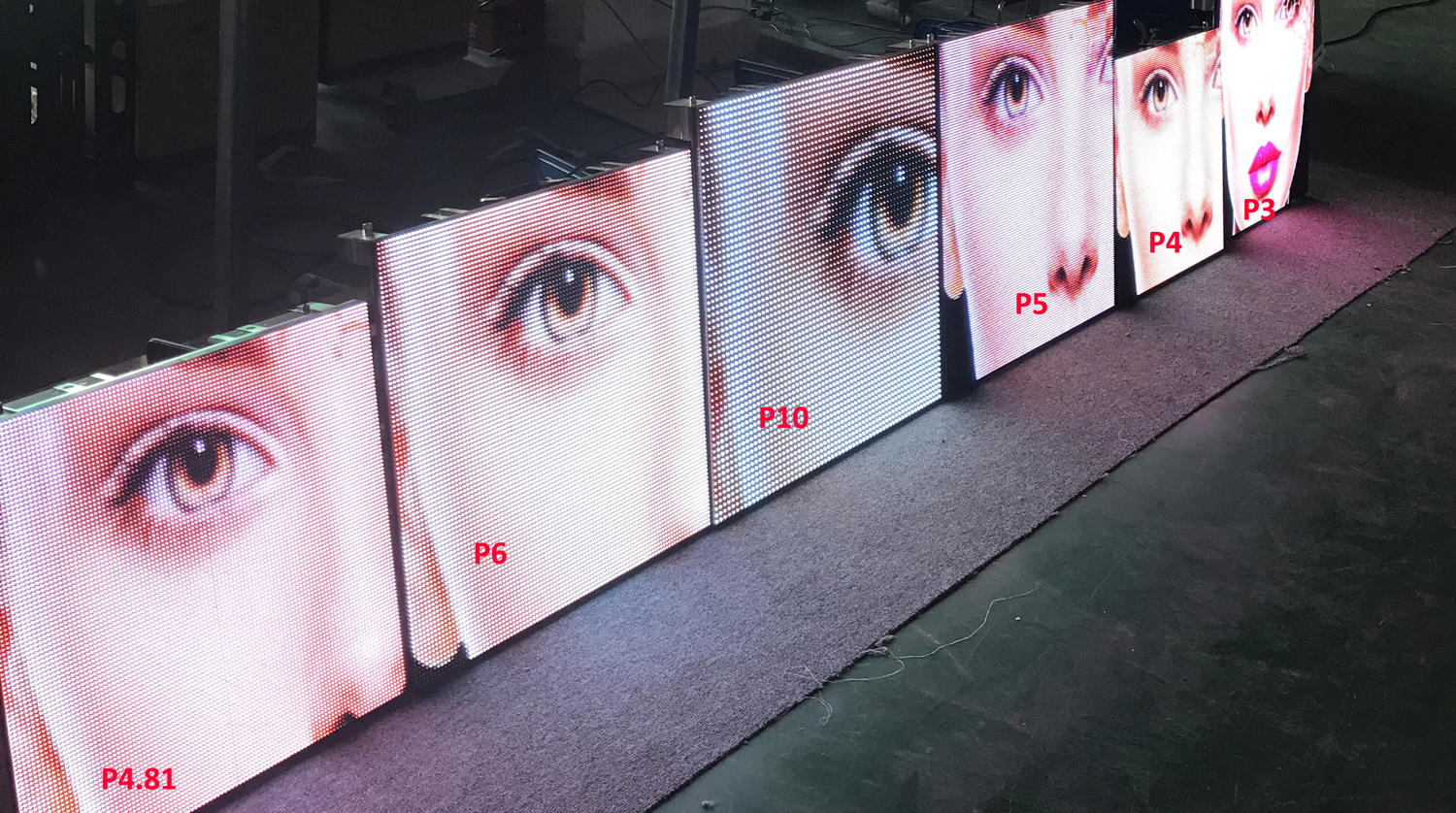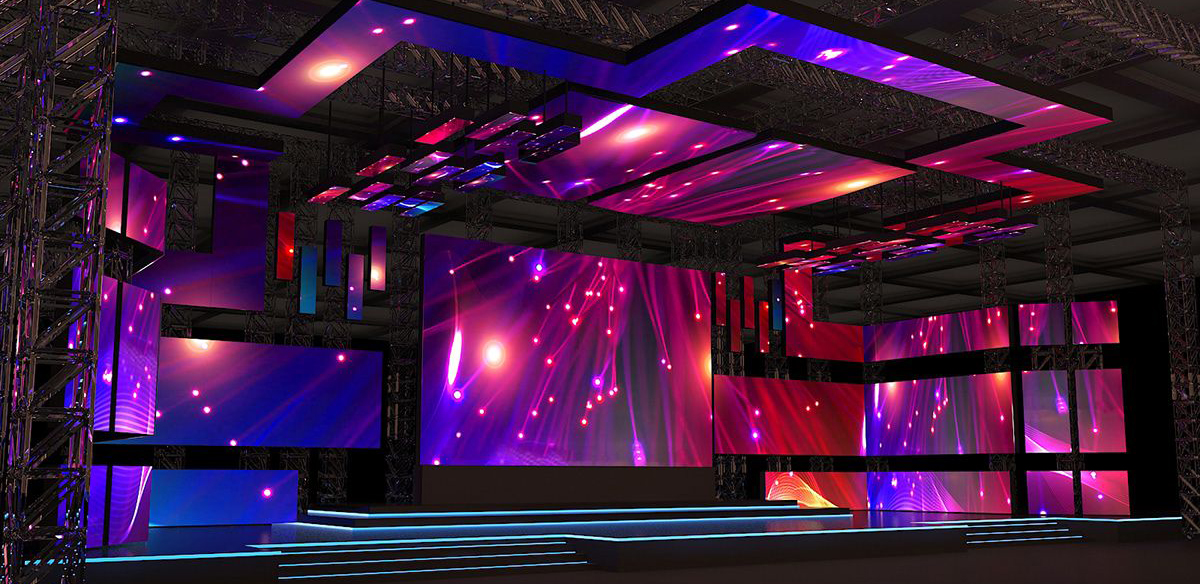Since the 2008 Beijing Olympic Games, the LED display has developed rapidly in the following years. Nowadays, LED display can be seen everywhere, and its advertising effect is obvious. But there are still many customers who do not know their needs and what type of LED display they want. RTLED summarizes the classification of LED electronic display to help you choose suitable LED screen.
1. Classification by LED lamps type
SMD LED display: RGB 3 in 1, each pixel has only one LED lamp. Can be used indoors or outdoors.
DIP LED display: red, green and blue led lamps are independent, and each pixel has three led lamp. But now there are also DIP 3 in 1. The brightness of DIP LED display is very high, which is generally used outdoors.
COB LED display: LED lamps and PCB board are integrated, it is waterproof, dust-proof and anti-collision. Suitable for small-pitch LED display, its price is very expensive.

2. According to color
Monochrome LED Display: Monochrome (red, green, blue, white and yellow).
Dual color LED display: red and green dual color, or red and blue dual color. 256-level grayscale, 65,536 colors can be displayed.
Full color LED display: red, green, blue three primary colors, 256-level gray scale full color display can display more than 16 million colors.
3.Classification by pixel pitch
Indoor LED screen: P0.9, P1.2, P1.5, P1.6, P1.8, P1.9, P2, P2.5, P2.6, P2.9, P3, P3.9, P4, P4 .81, P5, P6.
Outdoor LED screen: P2.5, P2.6, P2.9, P3, P3.9, P4, P4.81, P5, P5.95, P6, P6.67, P8, P10, P16.

4. Classification by waterproof grade
Indoor LED display: not waterproof, and low brightness. Generally used for stages, hotels, shopping malls, retail stores, churches, etc.
Outdoor LED display: waterproof and high brightness. Generally used in airports, stations, large buildings, highway, parks, squares and other occasions.
5. Classification by scene
Advertising LED display, rental LED display, LED floor, truck LED display, taxi roof LED display, poster LED display, curved LED display, pillar LED screen, ceiling LED screen, etc.

Out-of-control point: The pixel point whose luminous state does not meet the control requirements. The out-of-control point is divided into three types: blind pixel, constant bright pixel, and flash pixel. Blind pixel, are not bright when it needs to be bright. Constant bright spots, as long as LED video wall is not bright, it is always on. Flash pixel is always flickering.
Frame change rate: The number of times the information displayed on the LED display is updated per second, unit: fps.
Refresh rate: The number of times the information displayed on the LED display is completely displayed per second. The higher the refresh rate, the higher the image clarity and the lower the flicker. Most of RTLED's LED displays have refresh rate of 3840Hz.
Constant current/constant voltage drive: Constant current refers to the current value specified in the constant output design within the working environment allowed by the driver IC. Constant voltage refers to the voltage value specified in the constant output design within the working environment allowed by the driver IC. LED displays were all driven by constant voltage before. With the development of technology, constant voltage drive is gradually replaced by constant current drive. The constant current drive solves the harm caused by the inconsistent current through the resistor when the constant voltage drive is caused by the inconsistent internal resistance of each LED die. At present, LE displays basically use constant current drive.
Post time: Jun-15-2022




